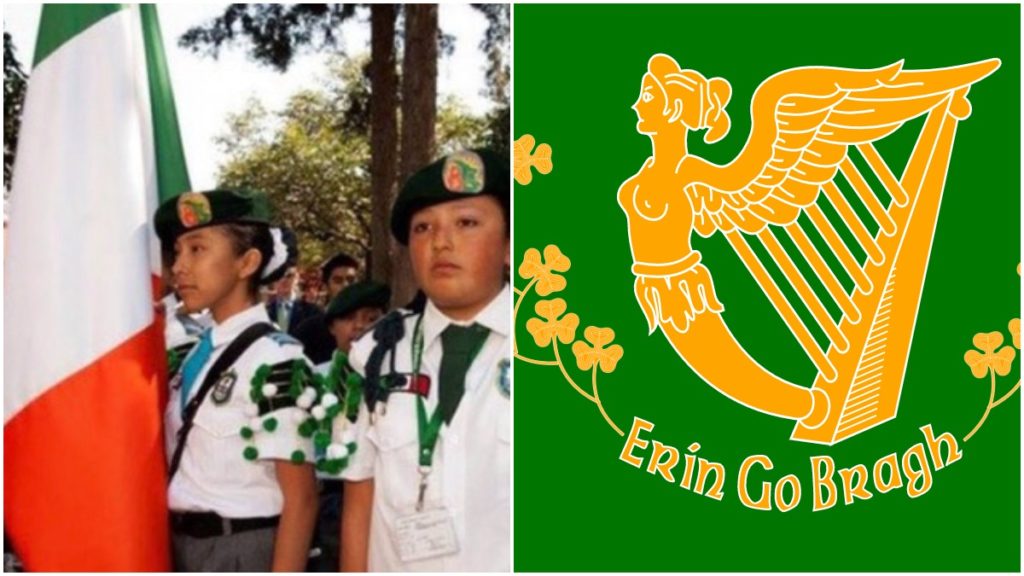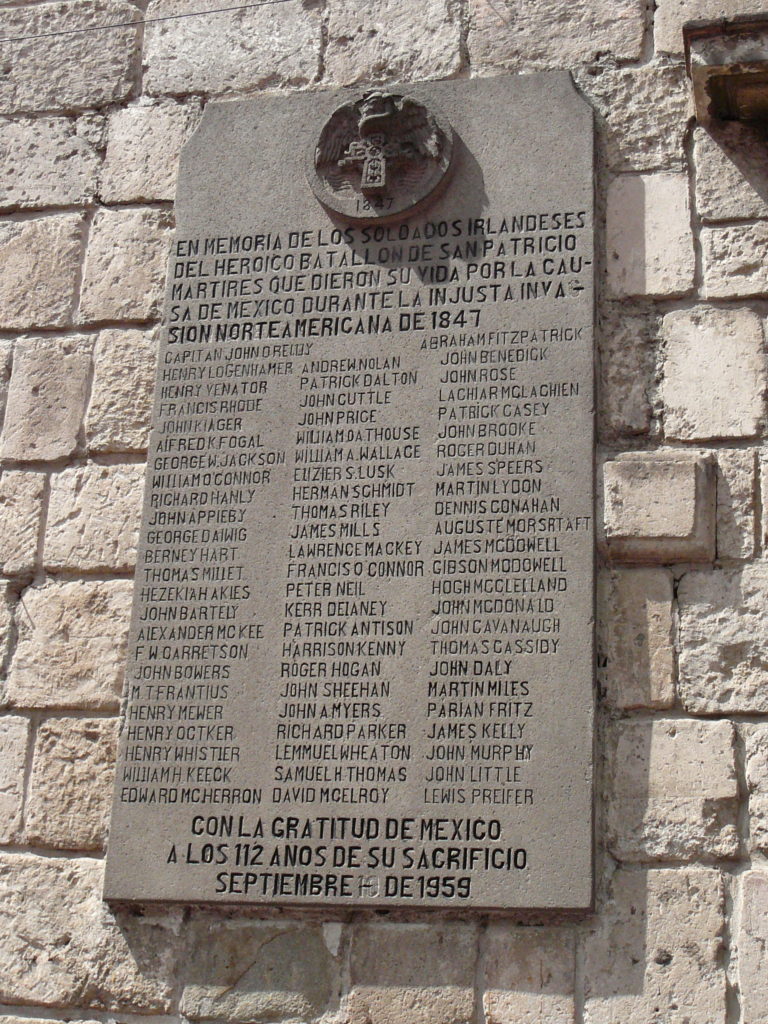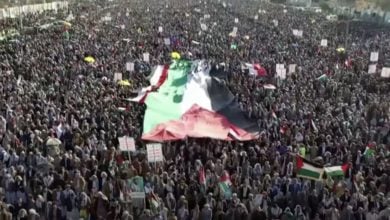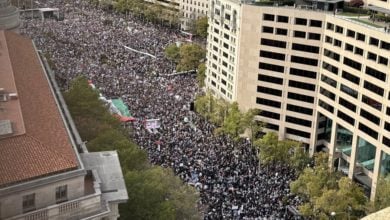The ruling class likes to co-opt holidays to sell you things. For Saint Patrick’s Day, you are supposed to buy things that are green. Retailers get the green for sure! But in Mexico, St. Patrick’s Day is celebrated to recognize a battalion that was made up of mostly Irish immigrants from the United States who fought in five major battles against the U.S.’ expansionist army until they were tragically defeated.
These fighters had lived under colonial oppression in British-occupied Ireland. From this experience, along with the colonial-induced potato famine, emerged a leadership of U.S. soldiers who saw they were on the wrong side, and many gave their lives for their oppressed brothers and sisters on the Mexican side.
“The truth about this unusual military contingent [mostly Irish deserters who formed a battalion and fought for Mexico] is even more fascinating than it’s published fictional accounts,“ wrote Robert Ryal Miller, author of Shamrock and Sword, which includes the most extensive historical research on the St. Patrick’s Battalion.
Solidarity in opposing colonialism and U.S. expansionism in Mexico
The St. Patrick’s Battalion formed in the context of a U.S. expansionist war from 1846 to 1849. This was a war for the United States to expand into Mexico and was supported in particular by pro-slavery elements in U.S. politics. During this period, the United States pushed west, taking a third of Mexican territory. Including the annexation of Texas, which was also stolen from Mexico, eight U.S. states today were once part of Mexico.
The Battalion formed under the leadership of mostly Irish immigrants who had joined the U.S. military, departing out of New Orleans for Mexico, then deserted it to join the Mexican side in the struggle against U.S. expansionism. The U.S. expansionist war against Mexico led to the highest percentage of deserters from U.S. ranks compared to any U.S. war abroad — 8%.
One significant leader was Sean O Raghallaigh (John Riley transcribed to English). Riley had previous advanced artilleryman experience in the British military.

The Saint Patrick’s Battalion by some accounts grew to several hundred. After the siege of a fort in Texas, the Saint Patrick’s Battalion engaged in five battles from Monterey to Mexico City. However, they were not satisfied with their decision to fight against colonial rule alone, and also sent propaganda messages to other U.S. troops urging them to switch sides. They were fierce combatants who fought in some of the most difficult battles of the war, losing their final battle in Churubusco.
At the battle of Matamoros, Mexican General Santa Ana‘s wooden prosthetic leg was lost and captured as a trophy by the United States. However, the banner of the Saint Patrick’s Battalion was never captured until the final battle.
A wartime correspondent, George Wilkins Kendall, described the flag of the San Patricios in Churubusco, the flag that was embroidered by the hands of the nuns of San Luis Potosí:
“The banner is of green silk, and on one side is a harp, surmounted by the Mexican coat of arms, with a scroll on which is painted, ‘Libertad por la República Mexicana’ [Liberty for the Mexican Republic]. Underneath the harp is the motto ‘Erin go Bragh’ [Ireland Forever]. On the other side, is a painting … made to represent St. Patrick, in his left hand a key and in his right a crook or staff resting upon a serpent. Underneath is ‘San Patricio.’”
Fate of the San Patricios

Today stands a plaque in the Mexico City suburb of San Angel with the names of 70 members of the battalion. These are the only known names though there were hundreds more. From historical documents, we know that at least 30 were executed by hanging by the United States. Other San Patricios received reduced sentences after the ultimate victory of U.S. expansionism in Mexico. This meant they were flogged 50 times or branded on the cheek or hip. Some were given spiked collars that could not be removed. The punishments, similar to the treatment of enslaved people in the United States, likely reflected a desire to make an example of these soldiers for their intense hatred of slavery and colonialism. Two youthful fighters had their sentences commuted because they were only 14 and 15 years old when they joined the struggle.
To this day, Sept. 12 — the day of the executions — is commemorated in Mexico to honor the sacrifice and solidarity of the St. Patrick’s Battalion, as well as events on March 17, St. Patrick’s Day.
So this St. Patrick’s Day, let’s raise a toast to the Saint Patrick’s Battalion and to multinational solidarity in the mid-19th century and today!






